Cerebral Palsy
Cerebral palsy, commonly known as paralysis of brain, is called irreversible but non-progressive damage to the brain for the period during which the development of the brain is completed, that is, from birth to the age of five years.

The cause of cerebral palsy may be a drug used by the expectant mother during pregnancy, any disease, an infection, a trauma or a genetic disease. In our country, problems such as premature or dystocia, lack of oxygen during delivery, and entanglement of the umbilical cord are considered as the cause of the disease. Problems such as a febrile illness or cerebral hemorrhage in the postpartum period may cause cerebral palsy.
Significant Signs
Families should be careful about the signs. If there are problems in the developmental stages of the child, then it should be investigated. The fact that the child cannot sit when he/she is expected to do it; he/she cannot hold his/her head up when he/she is expected to do it; he/she is less interested in the environment as compared to his/her peers; and that his/her primitive reflexes continue for a prolonged time, should be taken into consideration. As the pediatricians follow these periods, their warnings should be taken into consideration seriously by the family. When necessary, the centers which follow-up the risky baby should be referred. Cerebral palsy is noticed when some children are at the age of walking. Unfortunately, it may be too late for many things when the family goes to a physician with the complaint that the child cannot walk. Therefore, it is very important to follow up the children in the risk group starting from the early period.
Cerebral palsy may present with retardation in all functions. Mental retardation is also part of this. The child's intelligence may be either very close to a normal level or at a higher retardation level. Dysfunctions in vision, hearing and the other functions may accompany. Improvements in vision and hearing may be provided in the case of an intervention at an early period.

Diagnosis of Cerebral Palsy
The diagnosis of cerebral palsy may be made by clinical evaluation of the children with developmental disability, and also MRI and EMG may help the diagnosis. In the case that a developmental disability is clinically observed in a child and the signs are found, then the families should not neglect this condition and consult their physician. The diagnosis is made by the physician of the patient based on the results of the examination and tests such as MRI.
The families may sometimes think that their children do not have cerebral palsy, saying that there is no problem in MRI belonging to their children. However, it is necessary to be extremely careful; there are children whose MRI is very close to the normal and who had the disease, as well as children who have a problem in MRI, but whose development is very close to the normal.
Referral to Treatment
First of all, it should be noted that cerebral palsy is not a standard disease that exhibits the same findings in all patients; therefore the treatment varies according to the patient. The treatment lasts throughout the child's whole life.
There are several stages of the treatment and are carried out in cooperation with the physicians from different branches. The physiotherapist is of great importance in this disease as the physiotherapist is the person who has spent the longest time with the child during the treatment. The physiotherapist must make observations during the practices and refer the child to his/her neurologist in the case that he/she sees a problem in the developmental table. When he/she thinks that there is a problem with the joints of the child, he/she should refer the child to a pediatric orthopedist. The task of the pediatric orthopedists in the treatment of cerebral palsy is to apply various methods to enable the children to stand and walk.

